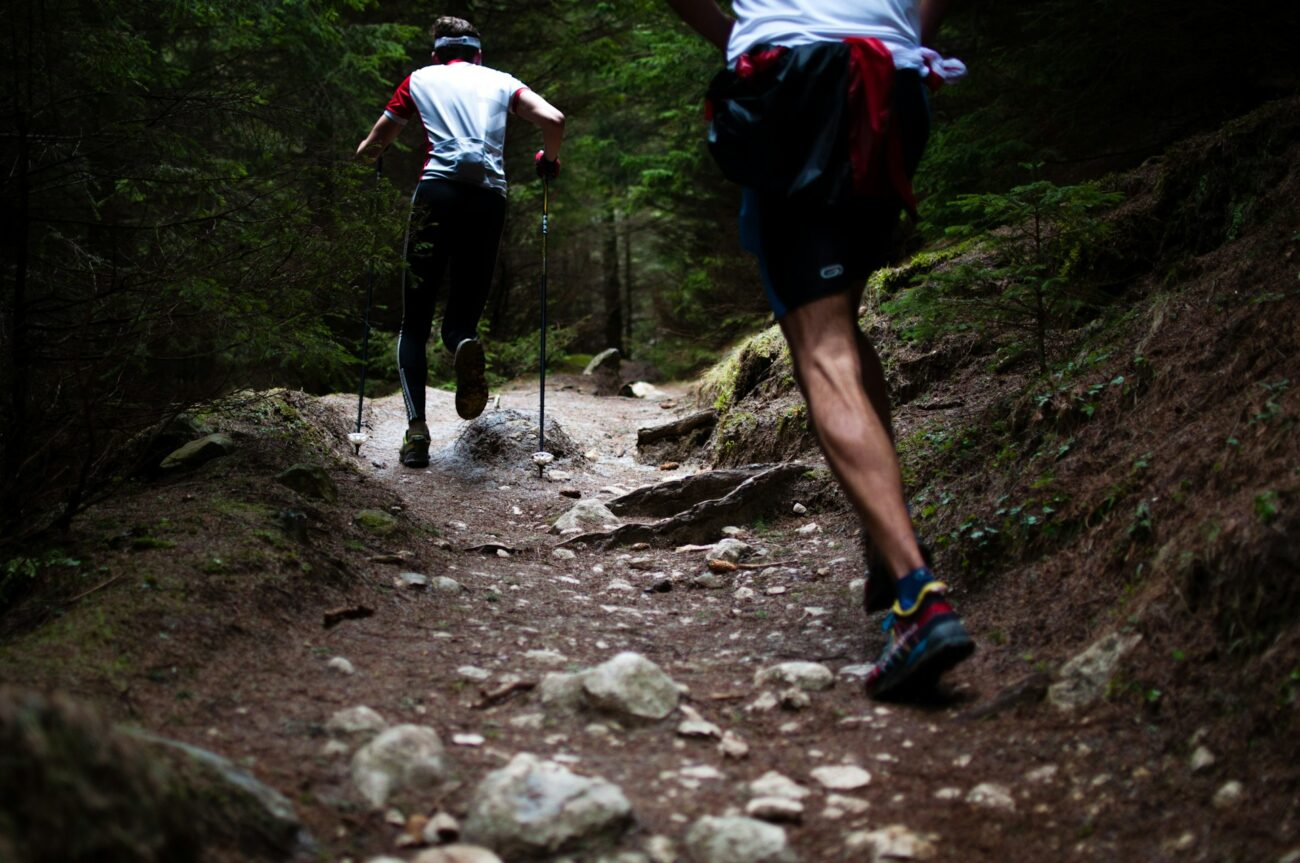The line between exhilarating adventure and dangerous risk-taking can be razor-thin. High-stakes activities—from extreme sports to wilderness exploration—offer unparalleled rushes and life-changing experiences, but they come with inherent risks that demand respect. Finding the sweet spot where adrenaline meets adequate safety measures is both an art and a science.
This delicate balance allows thrill-seekers to push boundaries while minimizing unnecessary danger. Whether you’re a seasoned adventurer or contemplating your first high-risk activity, these fifteen strategies will help you maximize the thrill while keeping potential dangers in check.
1. Invest in Proper Training
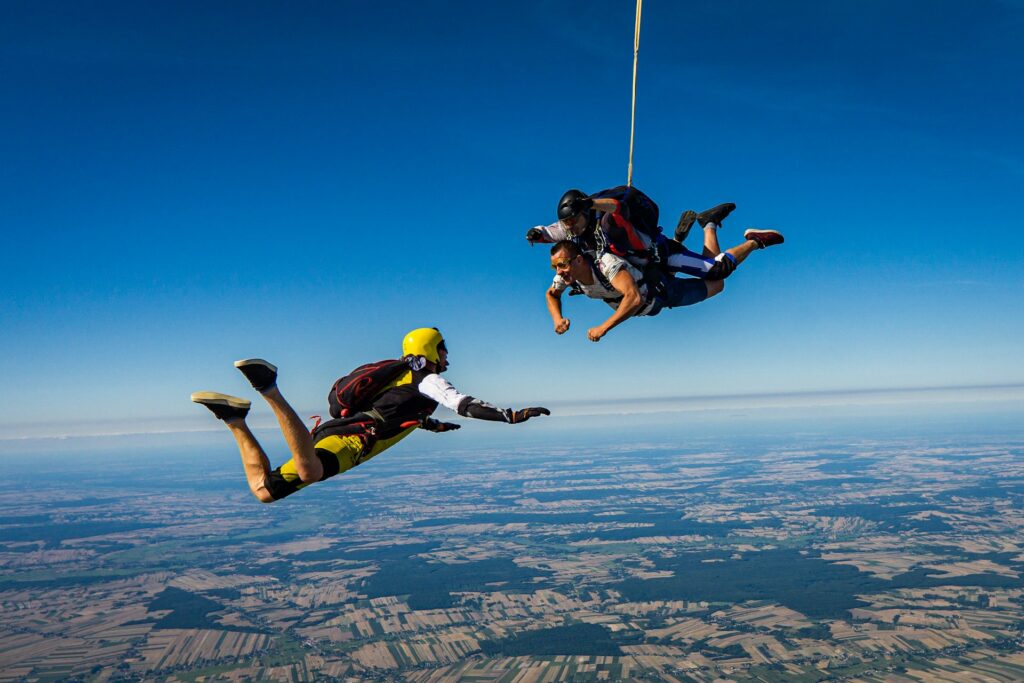
The foundation of any high-stakes activity is comprehensive training from qualified professionals. Before attempting activities like rock climbing, skydiving, or backcountry skiing, invest in formal instruction that covers both technical skills and emergency protocols. Training shouldn’t be viewed as a one-time requirement but rather as an ongoing process of skill development.
Many accidents occur when individuals attempt advanced maneuvers without mastering fundamentals first. Remember that even experts continually train and refine their techniques, understanding that complacency leads to mistakes.
2. Research Thoroughly Before Participation

Knowledge truly is power when it comes to high-risk activities. Before engaging in any adrenaline-pumping pursuit, conduct exhaustive research about the specific risks, required equipment, and environmental factors involved. Study accident reports and near-misses to understand common pitfalls others have encountered.
Connect with experienced practitioners through forums, social media groups, or local clubs to gain insider knowledge that isn’t found in guidebooks. This research phase should also include honest self-assessment about whether your current fitness, skill level, and mental preparation are adequate for the challenge you’re considering.
3. Use Appropriate Safety Equipment
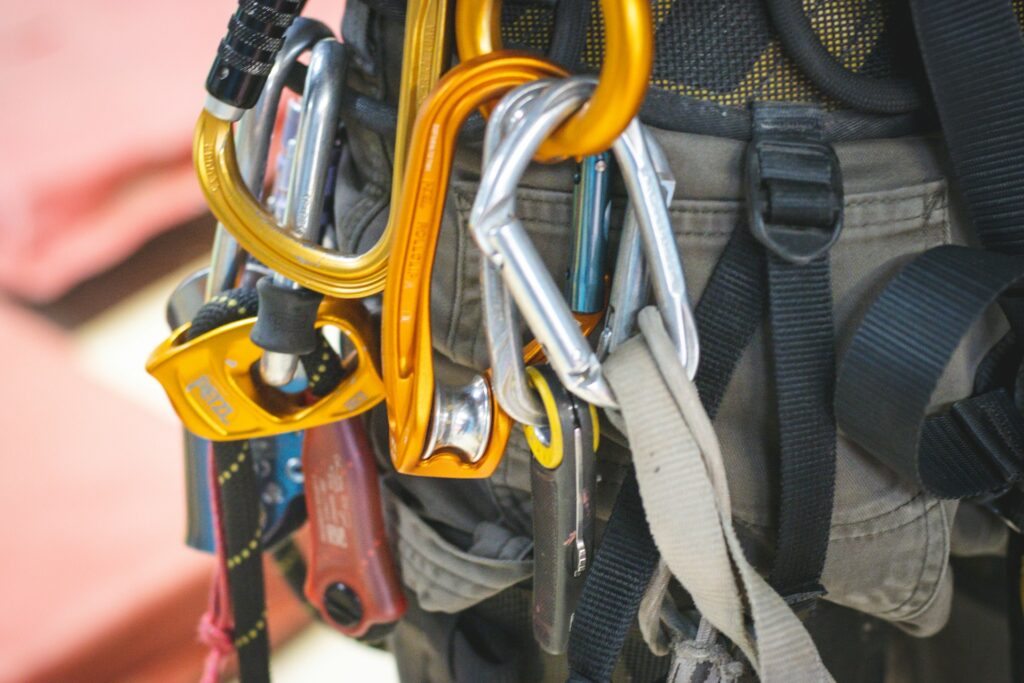
Quality safety gear can mean the difference between a close call and catastrophe. Never compromise on essential protective equipment, whether it’s a properly certified helmet, harness, avalanche beacon, or life jacket. Invest in the best equipment you can afford, understanding that cutting corners here can have life-threatening consequences.
Regularly inspect all gear for signs of wear, damage, or deterioration, and replace items according to manufacturer recommendations even if they appear fine visually. Develop the discipline to use safety equipment consistently, even when others might casually forgo it or when the risk seems minimal.
4. Start Small and Progress Gradually
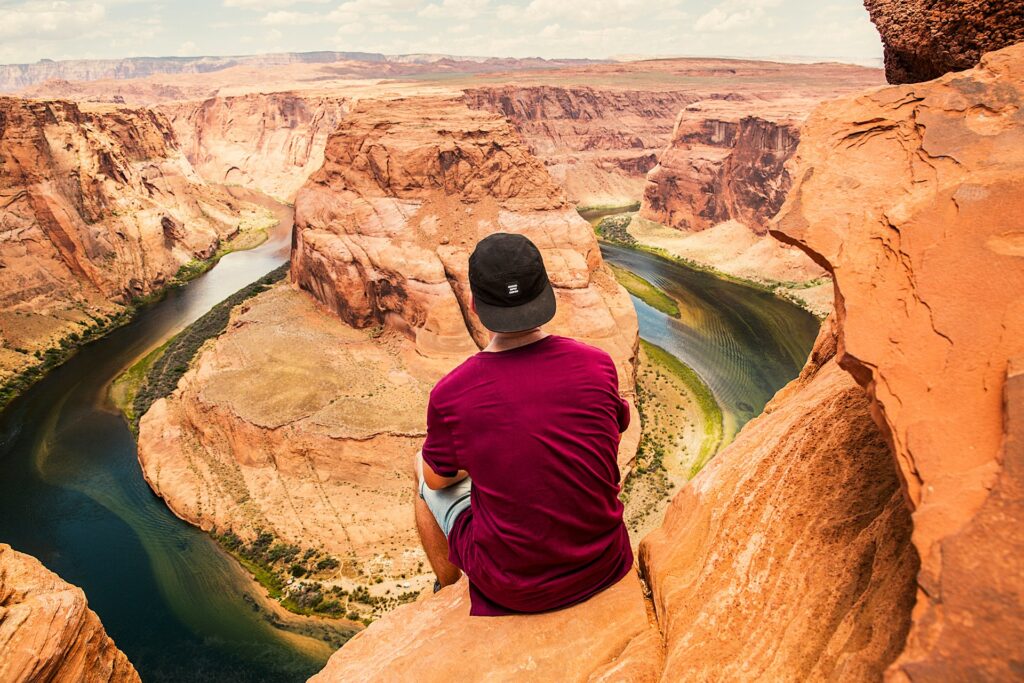
The path to high-stakes mastery follows a progression of incremental challenges rather than dramatic leaps. Begin with controlled environments and lower-consequence scenarios where mistakes won’t result in severe injuries. Gradually increase difficulty only after demonstrating consistent competence at each preceding level.
This methodical approach builds not just technical skills but also the experience-based judgment crucial for risk assessment. Patience with progression is particularly challenging for thrill-seekers who naturally crave intensity, but sustainable advancement requires honoring this process rather than rushing ahead prematurely.
5. Never Participate Alone

The buddy system isn’t just for elementary school field trips—it’s a crucial safety practice in high-stakes activities. Having reliable companions means someone is available to assist if things go wrong or to seek help in emergencies. Choose partners who complement your skills and temperament, ideally with at least one person slightly more experienced than you.
Effective partnerships include clear communication about risk tolerance and decision-making processes before beginning the activity. Solo endeavors in extreme environments, while romanticized in media, dramatically increase risk by removing the safety net of human support.
6. Develop a Risk Assessment Framework
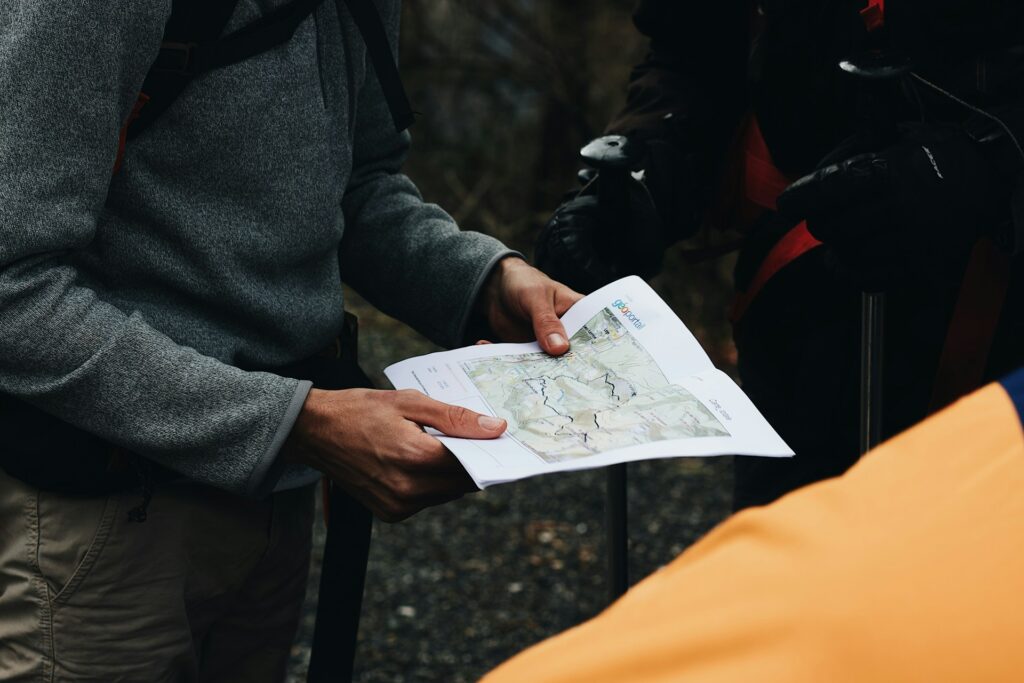
Cultivate a systematic approach to evaluating risk factors before and during high-stakes activities. Learn to distinguish between acceptable risks (those with reasonable management strategies) and unacceptable risks (those with consequences too severe or likely).
Develop the habit of asking structured questions about weather conditions, equipment status, personal readiness, and environmental hazards. Professional risk assessment includes considering multiple factors simultaneously rather than fixating on just one aspect of safety. Over time, this analytical approach becomes second nature, allowing for quick but thorough evaluations in dynamic situations.
7. Create and Communicate Clear Plans

Before embarking on any high-risk activity, develop a detailed plan that includes routes, timeframes, and contingency strategies. Share this information with someone not participating who can alert authorities if you don’t return as scheduled. Establish clear decision points where you’ll reassess conditions and potentially abandon the activity if certain risk thresholds are exceeded.
Include communication protocols for your group, including emergency signals and regular check-in procedures. A comprehensive plan reduces improvisation during critical moments when stress and adrenaline might otherwise compromise decision-making.
8. Maintain Physical and Mental Fitness

High-stakes activities demand peak performance from both body and mind. Develop a training regimen that builds the specific strength, endurance, and flexibility required for your chosen pursuit. Mental fitness is equally crucial—practice techniques for maintaining focus under pressure, managing fear, and making clear decisions in stressful situations.
Regular meditation, visualization, and stress-inoculation training can dramatically improve performance in critical moments. Recognize that physical exhaustion severely impairs judgment, making fitness an essential safety factor rather than just a performance enhancement.
9. Respect Environmental Conditions
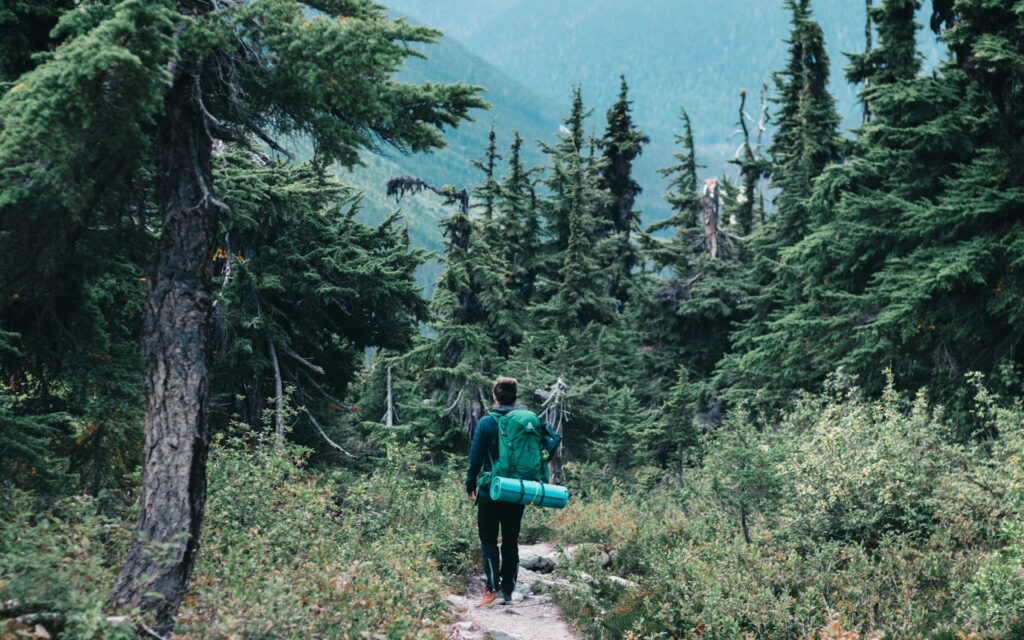
Nature doesn’t compromise, and neither should you when environmental conditions deteriorate. Learn to read weather patterns, understand terrain hazards, and recognize when conditions exceed your safety margins. Develop the discipline to turn back or postpone activities when nature signals increased risk, even when doing so means abandoning goals or dealing with disappointment.
Many accidents occur when participants push forward despite clear environmental warnings simply because they’ve invested time, money, or ego in completing the activity. Remember that mountains, rivers, and oceans will still be there another day—but only if you’re alive to return.
10. Carry Emergency Equipment
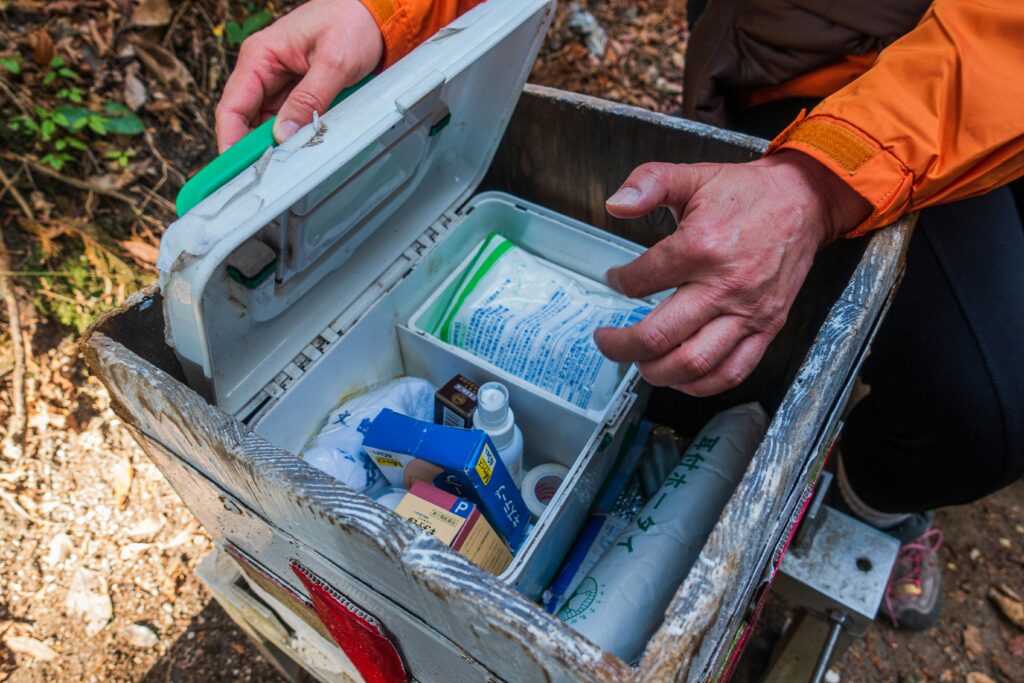
No matter how well-prepared you are, emergencies can still occur in high-stakes environments. Always carry essential emergency equipment appropriate for your activity and environment, such as first aid supplies, communication devices, navigation tools, and survival gear. Know how to use every item in your emergency kit under stress and in adverse conditions.
Consider redundancy for critical items—a backup lighter, additional communication methods, or extra insulation layers can prove invaluable when primary systems fail. Remember that emergency gear is worthless if it’s inaccessible when needed, so organize equipment for quick retrieval.
11. Learn First Aid and Rescue Techniques
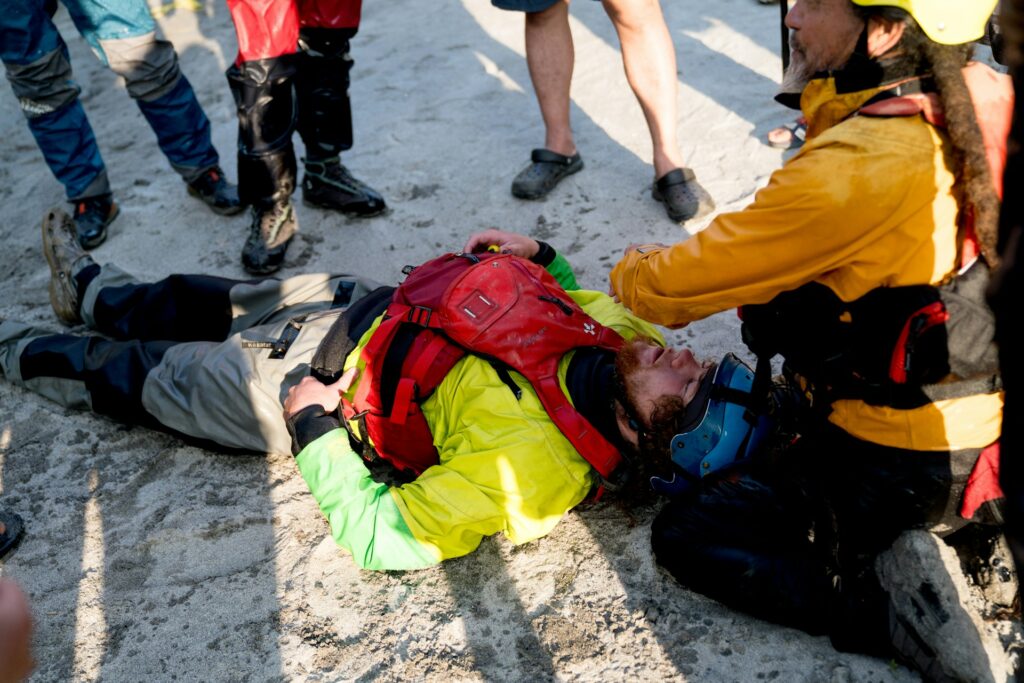
Medical help may be hours or even days away in remote environments where many high-stakes activities occur. Advanced first aid training, including wilderness-specific protocols, provides crucial skills for stabilizing injuries until professional help arrives. Beyond basic first aid, learn self-rescue and companion-rescue techniques specific to your activity, whether that’s escaping a sinking vehicle, performing a climbing rescue, or extracting someone from an avalanche.
Practice these skills regularly in realistic conditions so they become automatic under pressure. Investments in medical and rescue training often yield the highest safety returns per hour spent compared to other preparations.
12. Understand Your Psychological Triggers
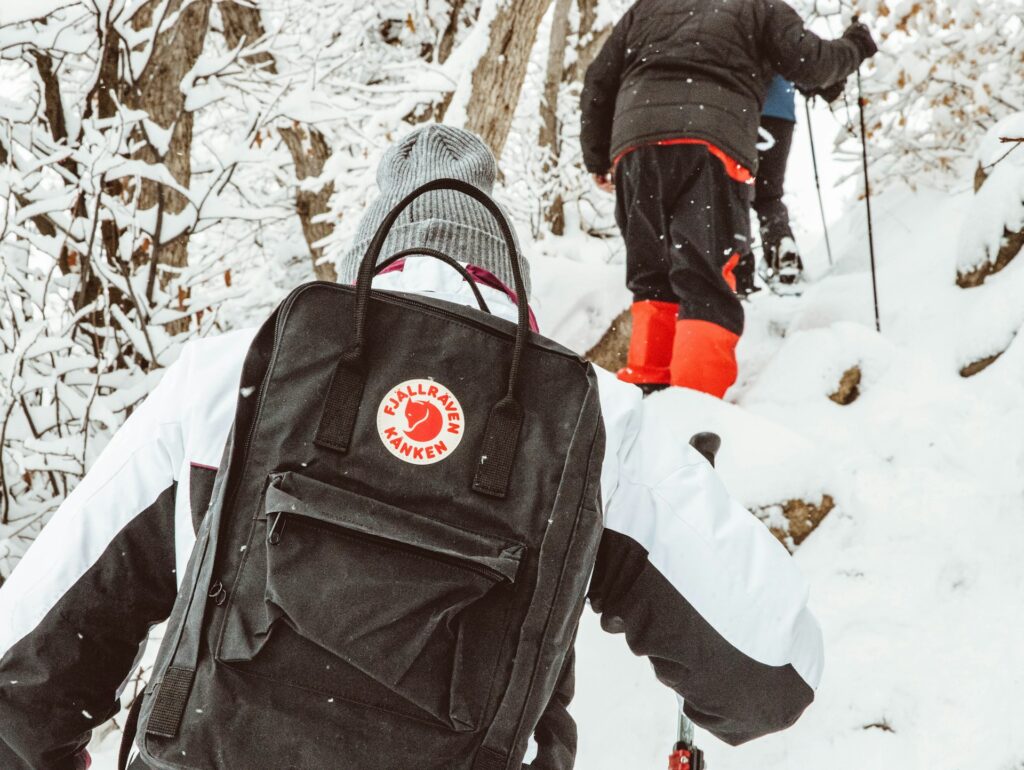
Self-awareness about psychological patterns that affect risk assessment is crucial for maintaining safety. Identify personal triggers that might compromise judgment, such as peer pressure, summit fever, or the sunk cost fallacy. Recognize how factors like fatigue, dehydration, or hypoxia at altitude can impair decision-making even while you feel subjectively fine.
Develop personal safeguards against these psychological vulnerabilities, such as pre-established decision rules that don’t leave room for in-the-moment rationalization. The most dangerous hazard in high-stakes activities is often your own mind’s capacity for self-deception about risks.
13. Establish Clear Communication Protocols
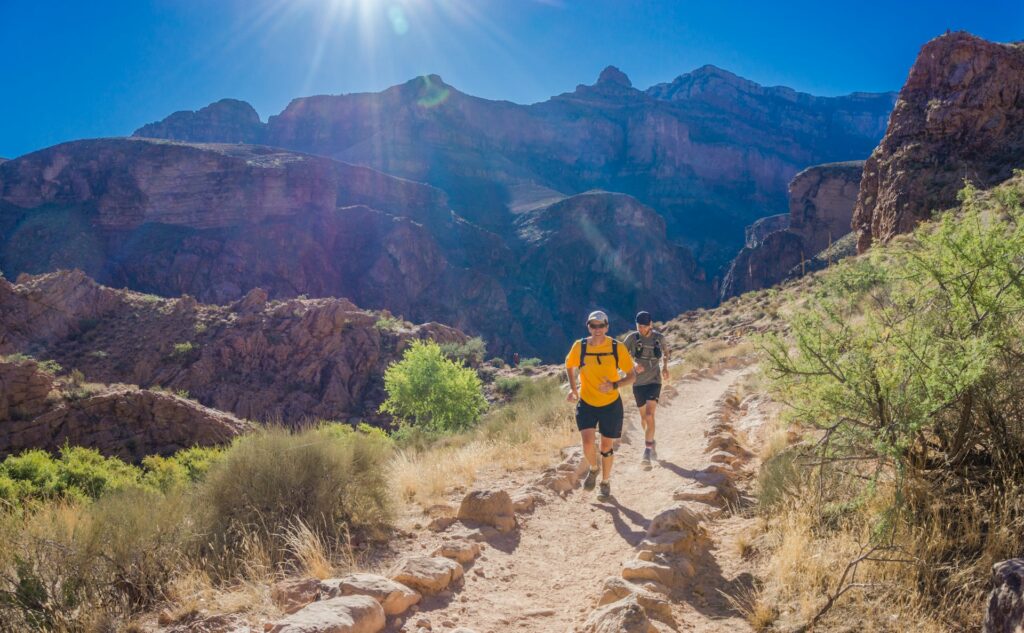
In high-stress situations, communication often breaks down precisely when it’s most needed. Establish and practice clear communication systems with partners before beginning any high-stakes activity. Use standardized terminology and commands that eliminate ambiguity, especially for critical safety operations.
In environments with physical communication challenges—like rushing water, high winds, or when wearing masks—develop alternative signals using ropes, light, or physical gestures. Regular check-ins between team members should be standard procedure rather than just occurring when problems arise.
14. Maintain Equipment Meticulously
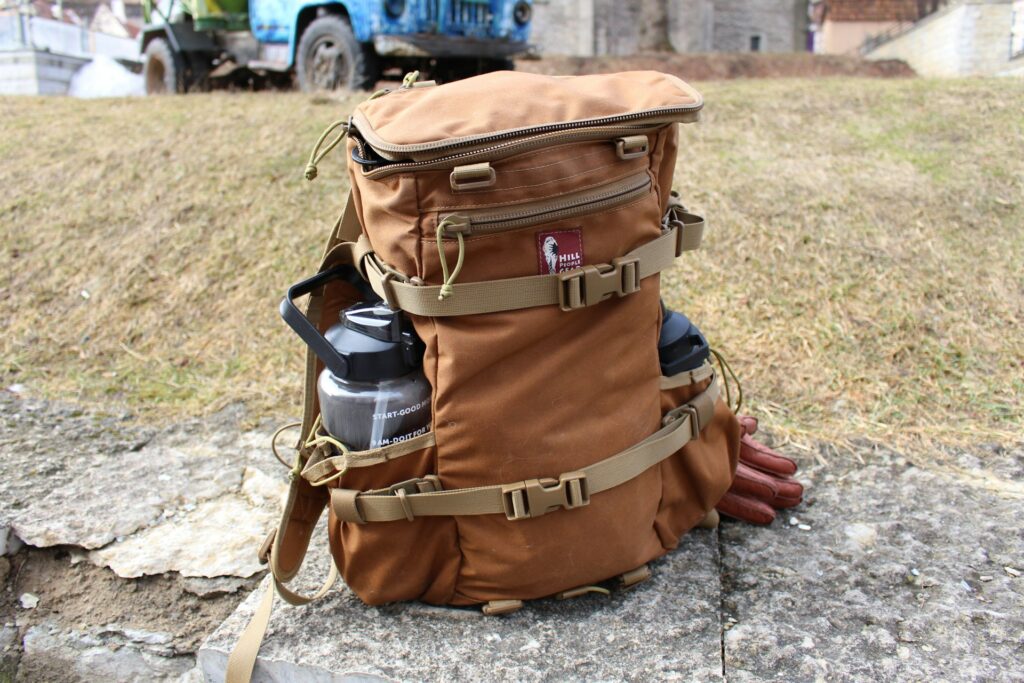
Equipment failure at a critical moment can transform a controlled situation into an emergency. Develop rigorous maintenance routines for all gear, following manufacturer recommendations for inspection, cleaning, and storage. Document equipment usage, particularly for load-bearing items that degrade with each use cycle.
Learn to perform field repairs on essential equipment, carrying appropriate tools and materials for emergency fixes. Retire gear at the appropriate time rather than stretching its lifespan beyond safety margins, recognizing that the financial cost of replacement is insignificant compared to the potential human cost of failure.
15. Cultivate a Culture of Speaking Up
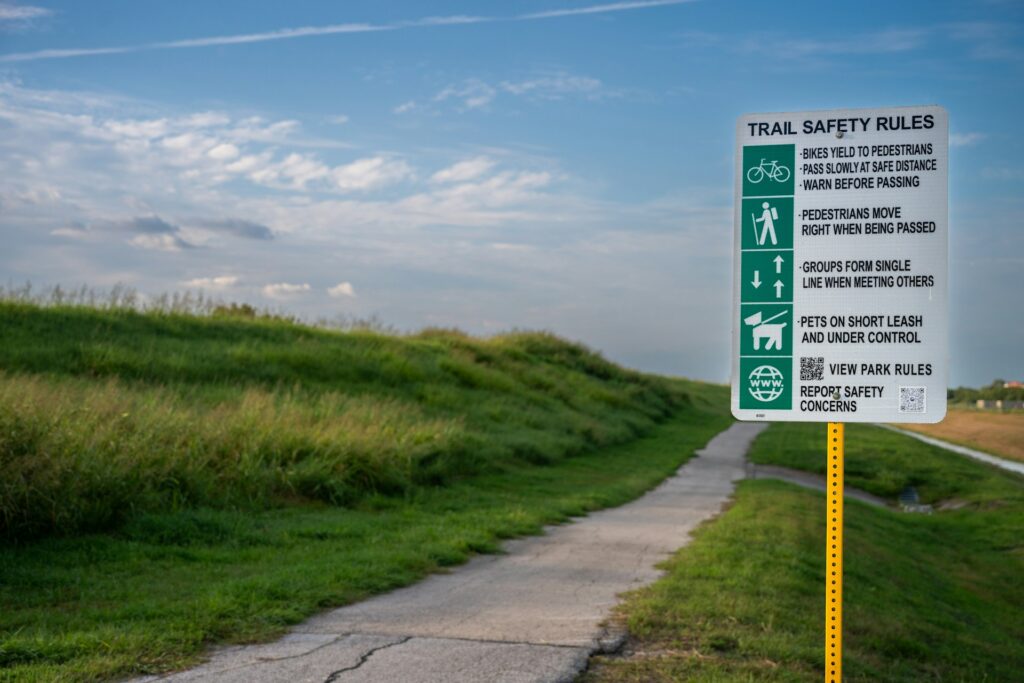
Perhaps the most powerful safety system is a social environment where anyone can voice concerns without fear of ridicule or dismissal. Establish explicit permission for all group members to call attention to potential hazards or express discomfort with decisions. Reward rather than punish safety interventions, even when they result in changed plans or delayed objectives.
Practice actively soliciting different perspectives rather than defaulting to the most experienced or assertive voice in the group. Remember that many preventable accidents occur when someone noticed a problem but remained silent due to social pressure.
Finding Your Personal Balance
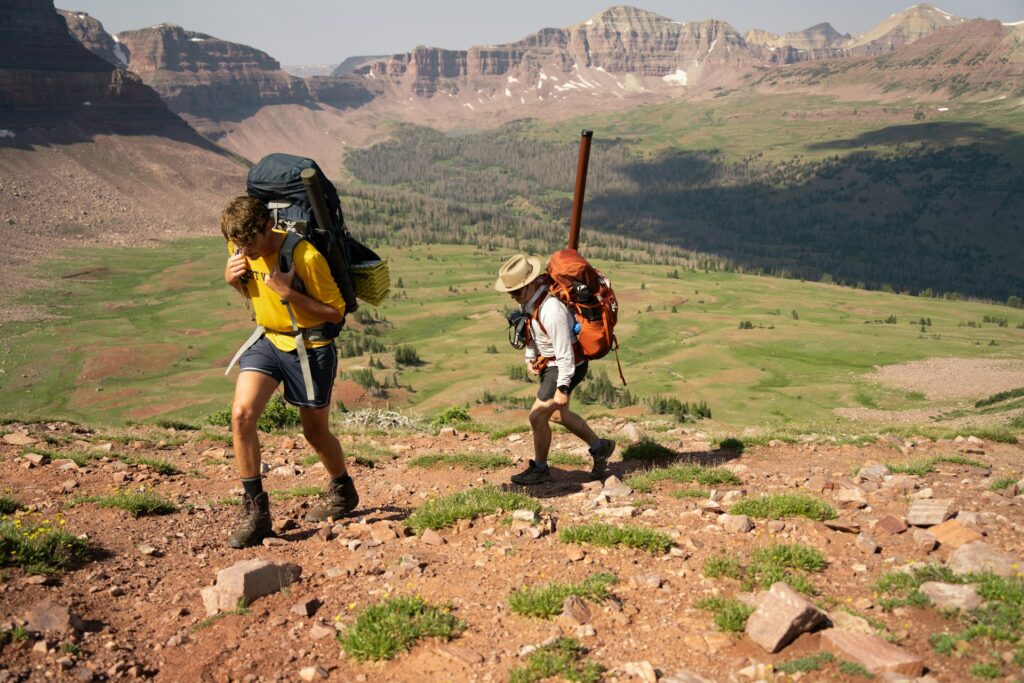
The balance between safety and adventure isn’t a fixed formula but a personal equation each participant must solve. Some activities inherently carry more risk than others, and individual risk tolerance varies widely. The key is making informed choices rather than blindly accepting danger or avoiding thrilling experiences altogether.
By implementing these fifteen strategies, you create a framework that maximizes enjoyment while minimizing unnecessary risk. True mastery in high-stakes activities isn’t measured by how close you can come to disaster, but by how consistently you can find that perfect balance—where the adrenaline flows freely but within the boundaries of thoughtful risk management.

